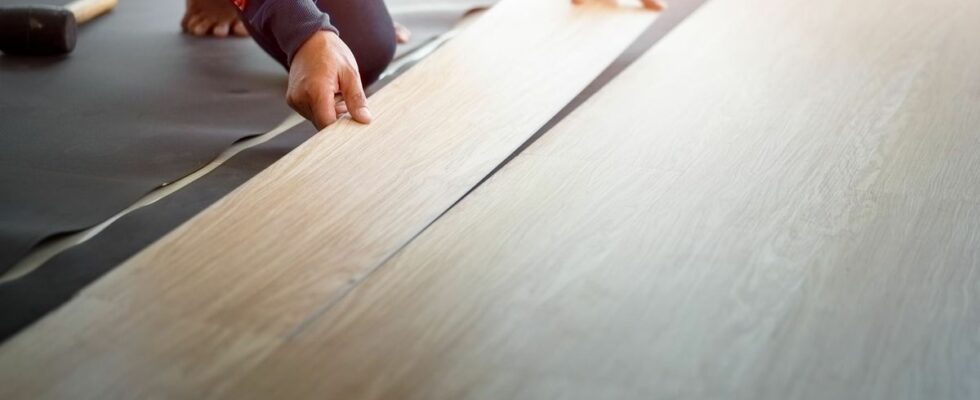Published on
Updated
Reading 2 mins.
Although they are practical and simple to lay, PVC floors are far from harmless to health. According to an investigation, not only their production would be harmful for the environment, but their composition also proves to be problematic in a household.
Often chosen for its practicality, easy to install and clean (and its price!), PVC, for Polyvinyl Chloride, would not be as ideal as it seems in a home, according to a survey by the media Fast Company. The composition of this particular plastic would have dangerous effects for the environment and the overall health.
A production that is dangerous for our environment
In China, where most vinyl floors are made, employees are known to be exposed to dangerous chemicals that go into the composition of the floor covering, such as mercury. Very polluting, it would also be released into nature via rainwater all over the world, after having been absorbed by the atmosphere. PVC would also contain other chemicals, such as chlorine gas, known to be carcinogenic. Or phthalates, known to be harmful to the human reproductive system. In short, an already problematic cocktail, but its polluting power would not stop at the doors of our homes.
Indeed, still according to this survey based on testimonies from experts and previous studies, these PVC floors would also be dangerous for the inhabitants and in particular those who walk on their floor, barefoot, without suspecting the risks. Thus, the particles of the chemical substances mentioned above evaporate little by little, over time in your environment. According to the survey, these particles could even pass through the skin, if one walks barefoot on the ground. The impact is much less than for Chinese employees, but even a tiny rate of particles released could have an impact on health.
Beware of toxic products in your interior
PVC is unfortunately not the coating likely to poison you in your interior: lead paints have also been used for a long time and many poisonings still occur.
For ANSES, in order to protect itself from these materials which give off chemical substances, it is necessary to limit emissions at source, by not introducing new pollutants and to respect the uses of the products.
Since January 1, 2012, new construction and decoration products made available on the market must bear a label, placed on the product or its packaging, indicating their level of emission of volatile pollutants. This obligation, extended to all products placed on the market since January 1, 2013, covers floor, wall or ceiling coverings, partitions and false ceilings, insulation products, doors and windows as well as products intended for their installation or preparation. Keep an eye out for pictograms and eco-labels!
